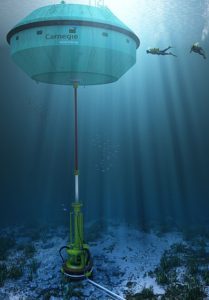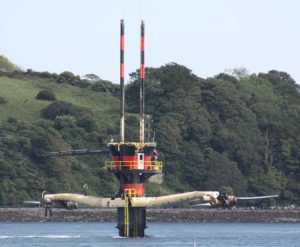Tidal generation systems harness the power of natural ocean tides to collect energy, essentially harnessing the gravitational forces of the sun and moon vicariously.
Large scale tidal plants have been around for decades and are becoming more common as our technology improves. However, they still rely mostly on existing geography to produce high enough water flow rates to make them effective, and are not suitable for all areas.
Large scale tidal plants have been around for decades and are becoming more common as our technology improves. However, they still rely mostly on existing geography to produce high enough water flow rates to make them effective, and are not suitable for all areas.
 The main drawbacks to building in the ocean include high construction and maintenance costs, as well as potential adverse affects on marine ecosystems.
The main drawbacks to building in the ocean include high construction and maintenance costs, as well as potential adverse affects on marine ecosystems.The main advantages of tidal energy are that it is totally predictable and reliable.
The common methods of harnessing tidal energy are damming, propellers (called screws underwater), and using gravity or wave action – using floating pontoons that are forced upwards as the tide rises or waves pass by.
Learn More >>
// under construction

